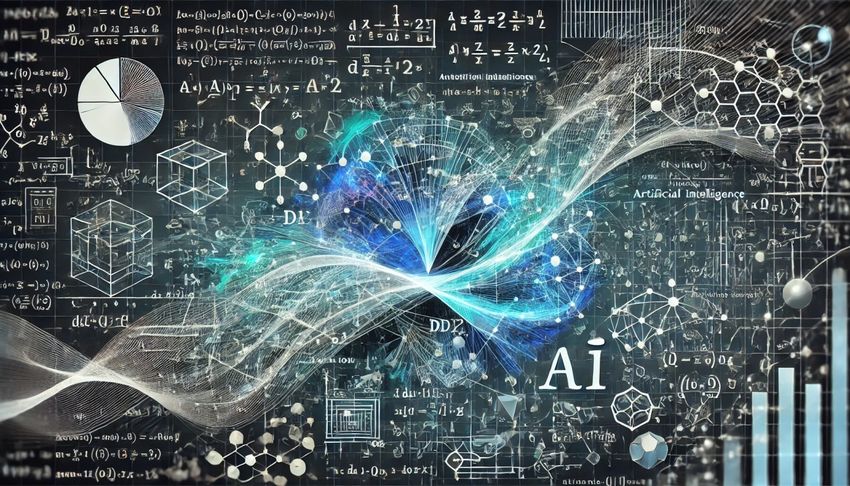Artificial Intelligence (AI) is a field that has rapidly transformed industries, automating tasks, and enhancing decision-making processes. However, behind its capabilities lies a strong foundation of mathematics. The three core mathematical pillars that drive AI are Linear Algebra, Probability, and Optimization. In this article, we will explore their role in AI and how they contribute to machine learning models and deep learning algorithms.
1. Linear Algebra: The Backbone of AI
Linear algebra is fundamental to AI, as it deals with vectors, matrices, and tensor operations that are critical for data representation and manipulation.
Key Concepts:
- Vectors and Matrices: AI models process high-dimensional data, represented as vectors (1D arrays) and matrices (2D arrays). For example, images are represented as pixel matrices.
- Matrix Operations: Matrix multiplication, transposition, and inversion are commonly used in AI algorithms.
- Eigenvalues and Eigenvectors: Used in Principal Component Analysis (PCA) for dimensionality reduction.
- Tensors: Multi-dimensional arrays used in deep learning frameworks like TensorFlow and PyTorch.
Applications in AI:
- Neural networks rely on matrix multiplications for forward and backward propagation.
- Support Vector Machines (SVMs) use vector spaces to classify data points.
- Word embeddings in NLP use matrix representations to encode relationships between words.
2. Probability and Statistics: The Essence of Uncertainty
AI models often deal with uncertainty, requiring a solid understanding of probability and statistics to make informed predictions.
Key Concepts:
- Probability Distributions: Gaussian (Normal) distribution, Bernoulli, Binomial, and Poisson distributions model real-world data.
- Bayes’ Theorem: Fundamental to Bayesian networks and Naive Bayes classifiers.
- Markov Chains: Used in reinforcement learning and generative models.
- Expectation and Variance: Help measure model reliability.
Applications in AI:
- Bayesian Networks model probabilistic relationships between variables.
- Hidden Markov Models (HMMs) are used in speech recognition and NLP.
- Monte Carlo Methods assist in stochastic optimization and probabilistic inference.
3. Optimization: Enhancing AI Performance
Optimization is essential for training AI models, enabling them to minimize error functions and improve performance.
Key Concepts:
- Gradient Descent: The most widely used optimization technique in machine learning.
- Convex and Non-Convex Optimization: Helps in understanding loss function landscapes.
- Lagrange Multipliers: Used in constrained optimization problems.
- Regularization Techniques: L1 (Lasso) and L2 (Ridge) regularization prevent overfitting.
Applications in AI:
- Training Neural Networks: Backpropagation relies on gradient descent for optimizing weights.
- Hyperparameter Tuning: Optimization techniques like Grid Search and Bayesian Optimization help find the best model parameters.
- Reinforcement Learning: Uses optimization for maximizing long-term rewards.
Conclusion
Linear Algebra, Probability, and Optimization form the mathematical core of AI, enabling models to process data, make probabilistic inferences, and optimize their performance. Understanding these mathematical foundations is crucial for AI practitioners to develop more robust and efficient algorithms. Whether in machine learning, deep learning, or reinforcement learning, these three areas of mathematics drive the success of AI applications across industries.


